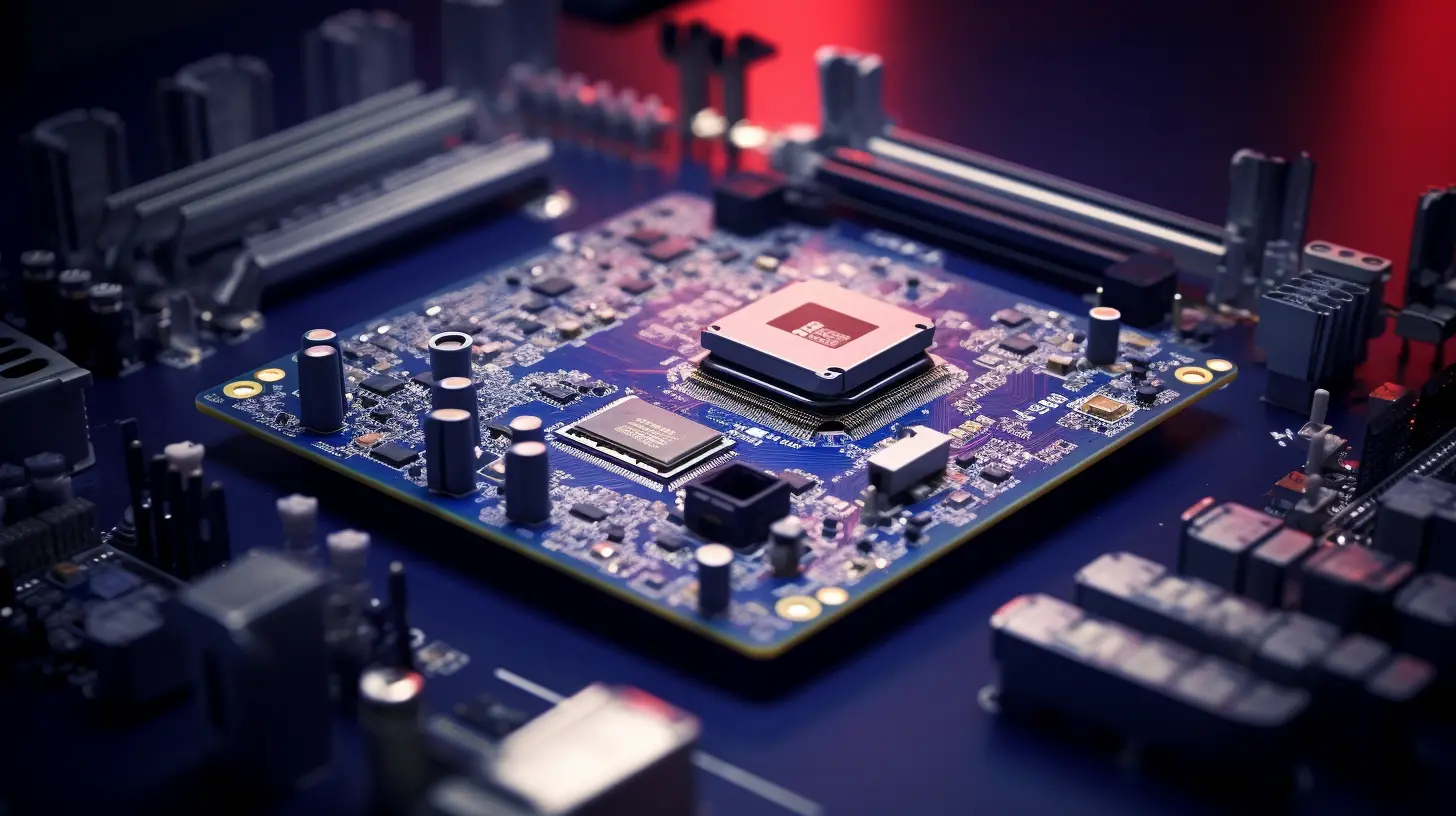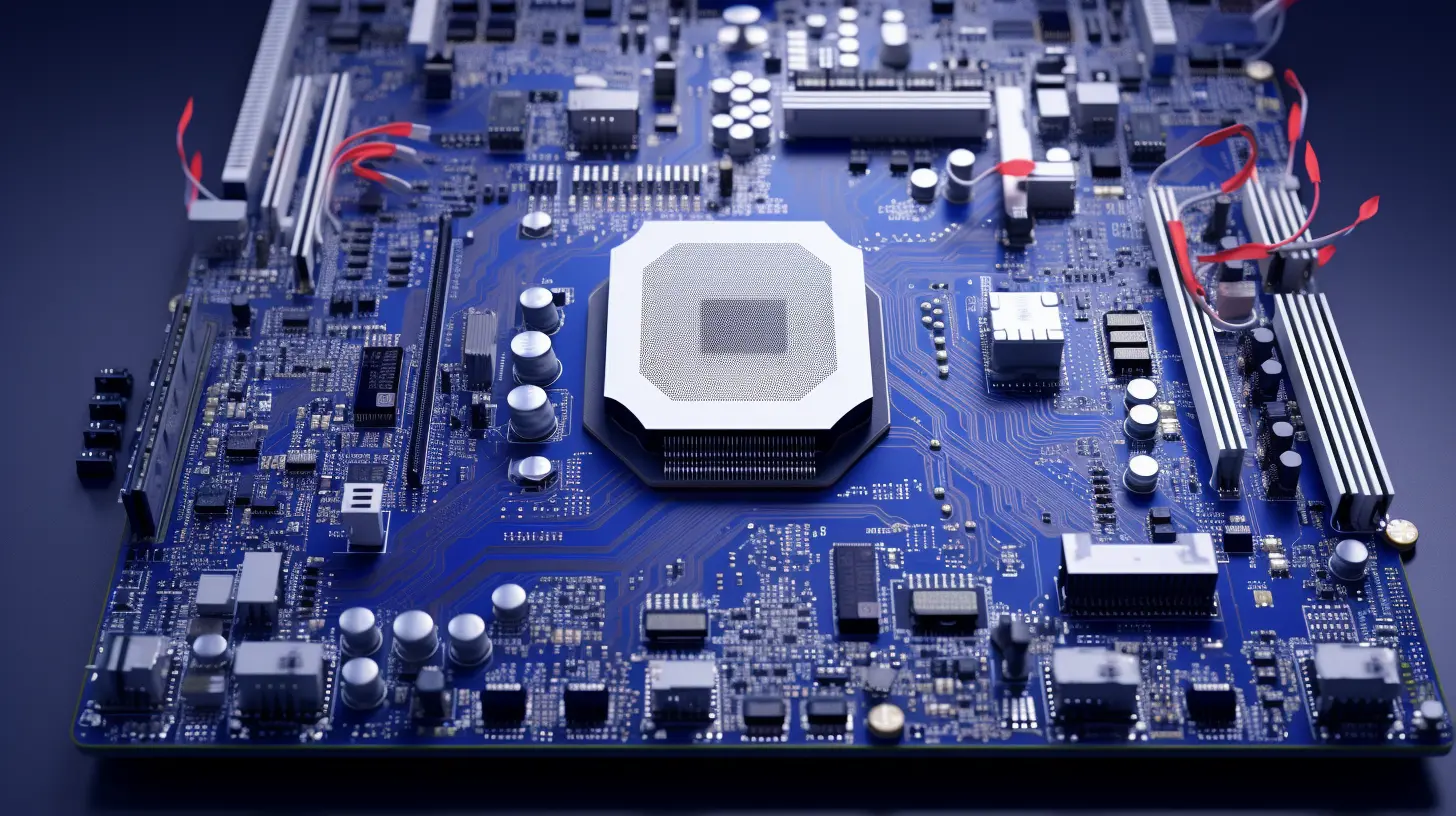The automotive industry is witnessing a transformational shift with the advent of advanced driver assistance systems (ADAS) and smart driving technologies. At the heart of these innovations lies the Printed Circuit Board (PCB), a key electronic component that plays a crucial role in the functionality and reliability of such systems.

PCBs are integral to various smart driving components, including sensors, cameras, and control systems. These boards provide the necessary pathways for conducting electrical signals and are vital for the accurate delivery of data between devices. In systems where split-second decisions are crucial, such as collision avoidance and lane-keeping assistance, reliability is paramount, and PCBs rise to the challenge.
As the demand for more sophisticated ADAS systems grows, the technology behind PCBs continues to evolve. For example, high-density interconnect (HDI) PCBs allow for a higher number of connections without increasing the board size. This innovation is particularly beneficial for compact automotive applications where space is at a premium.

The global market for ADAS is expected to grow significantly. According to recent statistics, the market was valued at approximately $25 billion in 2020 and is projected to reach over $85 billion by 2027. This growth presents lucrative opportunities for manufacturers and suppliers of PCBs designed for advanced automotive applications.
In conclusion, the importance of PCBs in smart driving and advanced driver assistance systems cannot be overstated. As automotive technologies continue to advance, the collaboration between PCB manufacturers and automotive developers will be crucial for driving innovation in the industry.

By investing in high-quality PCB technology, businesses can not only enhance their product offerings but also secure a competitive edge in the fast-evolving automotive landscape.
